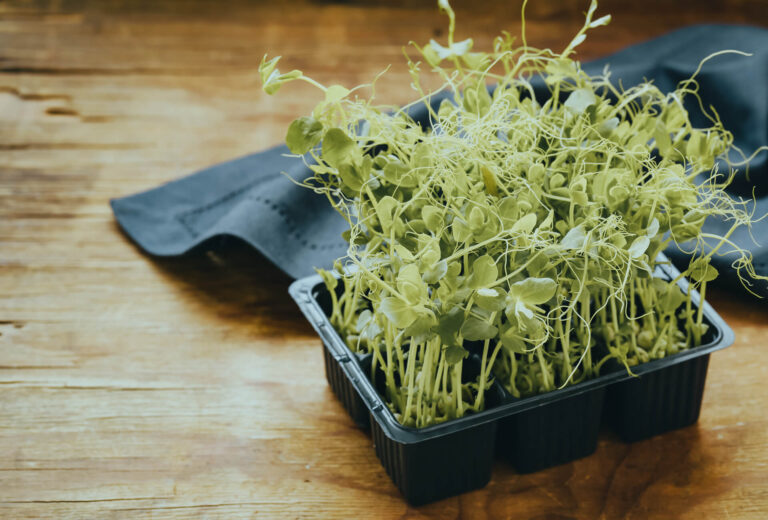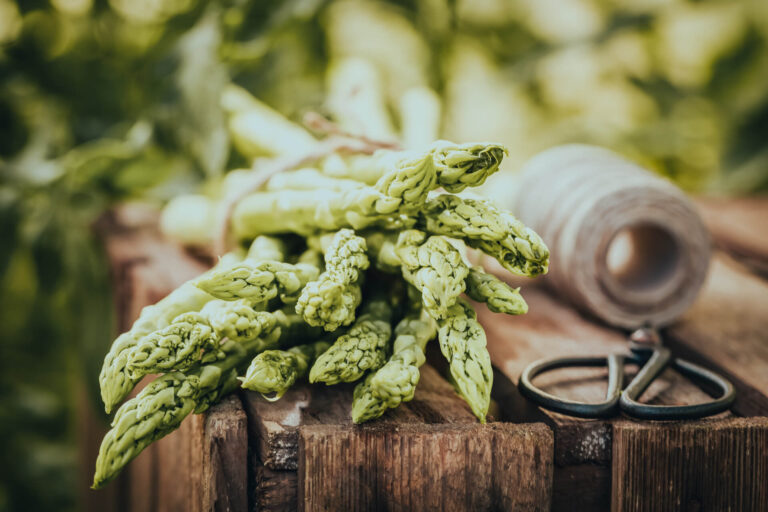Unveiling one belvedere: recognition of terroir’s splendor by Giovanni Stella.
- Our Sustainable Farm (OSF)
“Recognition”
The singularity of places: its soil, the vines, their age, varieties, the decisions we make at any given time, and the ideas that direct us, all come together in the wine we make.
No artificial structure, construction, treatment, or manipulation can ever compare to the perfection and beauty of a natural impression. This is our belief: the only way the natural world is commanded is by ignoring it.
Each location is distinct and irreplicable, and this uniqueness is reflected throughout time in the ripening fruit. As wine producers, it is our goal to determine the best method for expressing each location’s distinctive and distinguishing characteristics, such as One Belvedere.
Our first wine-growing year will be in 2023, so “recognition” is the word our winemaker Giovanni Stella has chosen to start this section of thoughts.
“Ricognizione” since it is what will be required to start developing trust with this new location where we have discovered unique vignettes.


The Location
One Belvedere and its associated vignettes are in the westernmost part of the municipality of Castellina in Chianti, hence the designation of chianti classico.
You will find it in an area in the middle of the hills overlooking Alta Valdesa, at approximately 250 meters above sea level, with an optimum light quality.
Located in a point that guarantees constant ventilation and as often happens, good ventilation exists where there is also a breathtaking landscape, the toponym Belvedere was not given by chance. The practice of PEDOLOGICAL is inherently alluvial; its sutures are soft, deep, and decorated with pebbly alluvial materials.
This PEDOLOGY* already has a unique flavor to it because the soil in the hills ahead of us is all a metamorphic nature, which is much more typical in Chianti Classico.
Our SOIL has its origins in the Pliocene, or roughly six million years ago, when these regions were not found inside an ancient sea.
Everything translates into a terroir focused on growing grapes and producing wines with strong regional identities, and our star is Sangiovese.

The Vineyard:
The vineyard of One Belvedere is composed of six plots:
Maya, Gaia, Aelia, Kalea, Fayra and Mila (dedicated to elements: water, sun, earth, air, gift of God and miracle) on the property of Belvedere and one at Carfini: Amani (peace).
We have mature vines in full production as well as very old vines that precede the 1970s and the industrialization of the nursery industry. These vines are not improvised yet.
Although older vines are slightly less effective than younger ones in terms of yielding grapes per unit of surface area, they can be a tremendous resource in quality because they may be tailored to the environment for growing single mushrooms through epigenetics. Because their radical apparatus is more developed than those of younger vines, older vines cross more geo-pedological matrices, making them less susceptible to arid stress and allowing for greater production.

There is another observation that may be made in this case that would be significant: genetics.
Nowadays, most producers get the ROOT GRAFTED from live animals that have been chosen for certain characteristics among their many clones. Instead, when our oldest vines were first planted, the farmers, vineyards, and sharecroppers did what is now known as a massive selection.
With the help of a technique that allows for the selection of the best, most interesting, and best-producing plants from other farms, mass-produced farms are essentially “populations” of animals because they contain ancient, unknown, and occasionally even distinct but oenologically related varieties that are all grown together in the same area.
Historically a very old agricultural practice based on the local biodiversity, mass selection farms are becoming more and more rare, and we could not be happier to have even two.
Our perspective on oenology – Recognition
To be able to “test the pulse” of our vineyards, we assume an exploratory stance for at least the first two to three years.
It will be essential to vinify each batch separately to assess its effectiveness.
The young vineyard’s grapes, to use an analogy, will not be suitable to produce a large quantity, so they will be used to make a rose with a light structure and level of acidity that is suitable to pair with light fairs or pastry.
The grapes of the mature vineyards as well as the ancient ones will instead be worked on to obtain a product of greater depth and complexity. We will only discover in the course of the work with patience and time which will be the best wine vessel for its elevation that best expresses our identity.
The only force that commands nature is obedience.


The vineyard is composed of six plots, including Maya, Gaia, Aelia, Kalea, Fayra, and Mila. Old vines, which are slightly less effective than younger ones, can be a tremendous resource in quality due to their more developed radical apparatus. Mass selection farms, which are becoming rarer, are based on local biodiversity. Vineyard takes an exploratory stance for the first two to three years, vinifying each batch separately to assess its effectiveness. The grapes of mature vineyards and ancient ones will be worked on to obtain a product of greater depth and complexity. The only force that commands nature is obedience.

Summary
Vineyard’s strategy and vision emphasize the importance of recognizing the uniqueness of places, such as soil, vines, age, varieties, and decisions. Each location is distinct and irreplicable, and this uniqueness is reflected throughout time in the ripening fruit. Wine producers like Giovanni Stella aim to determine the best method for expressing each location’s distinctive characteristics, such as One Belvedere. The winery is in the westernmost part of the municipality of Castellina in Chianti, known as Chianti Classico. The soil in the hills is metamorphic, with a terroir focused on growing grapes and producing wines with strong regional identities.









